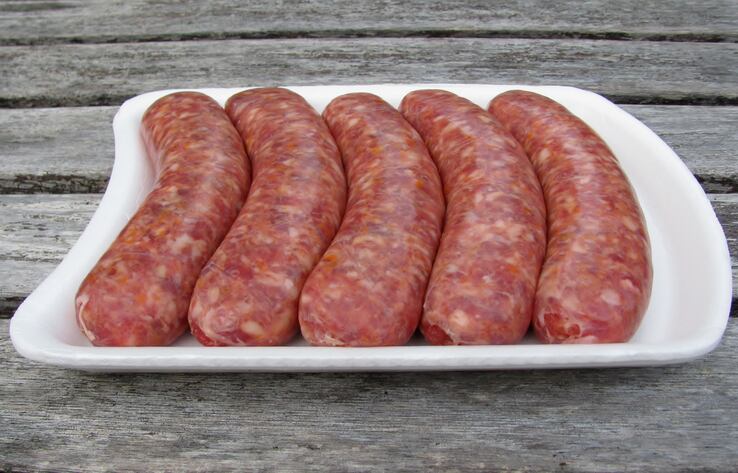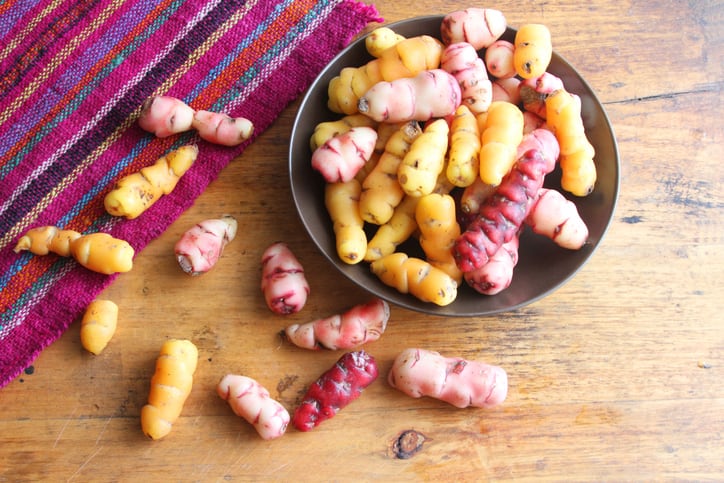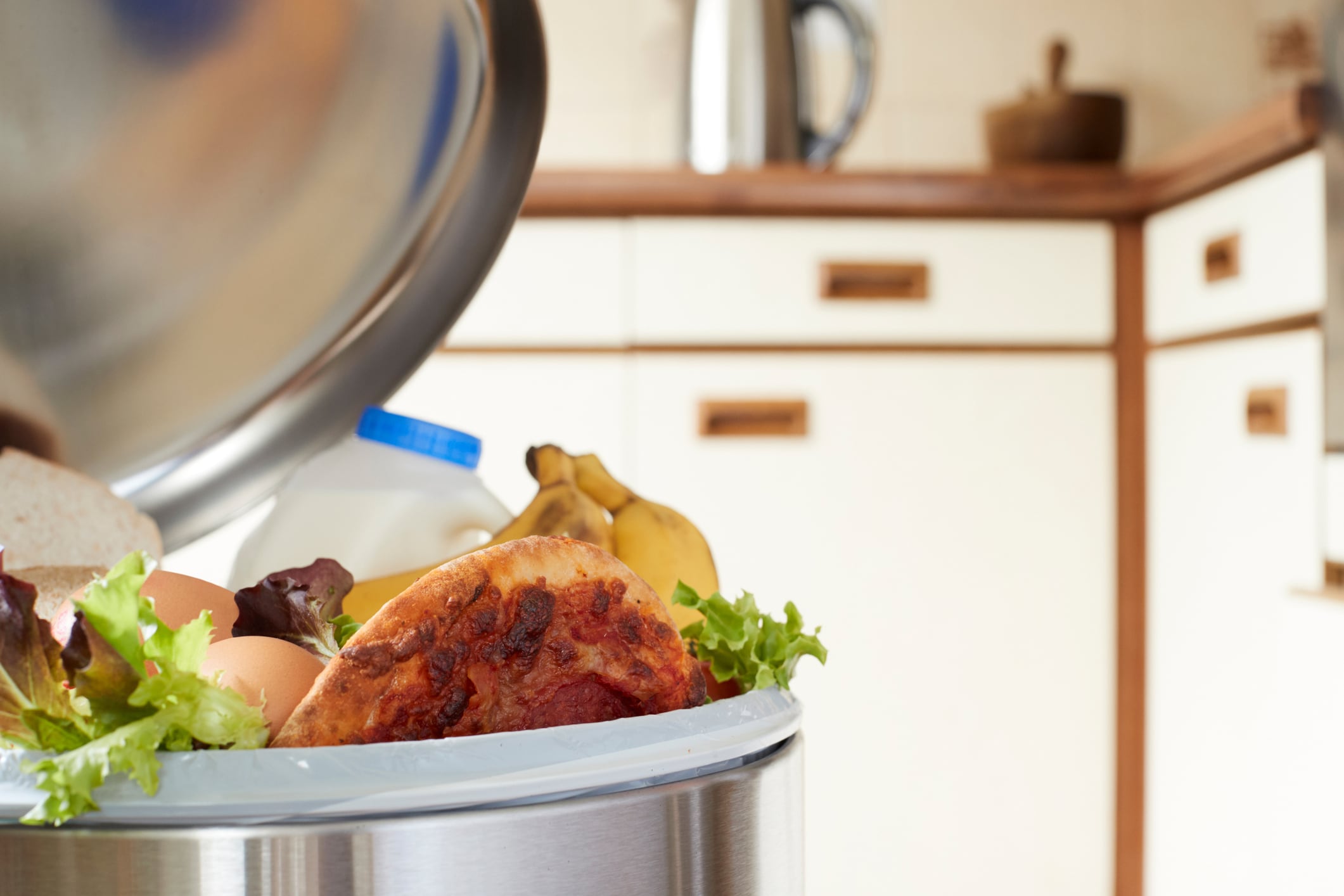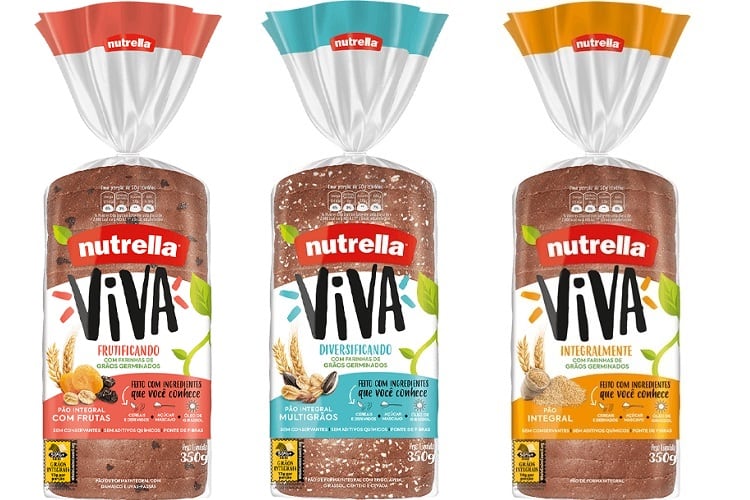Made from petrol, expanded polystyrene (EPS) or styrofoam is one of the most commonly used packaging foams in the food industry.
It is cheap, lightweight, and water-resistant, can be molded to different shapes and has good thermal insulation qualities.
However, it also takes at least 500 years to biodegrade, has been linked to cancer and is difficult to recycle, generating huge amounts of waste.
“There is a lack of research on starch-based foam trays produced with new native starches sources, which could be a new option for foam tray manufacturing,” write the researchers, whose study was partially financed by Innóvate-Perú, a government program that invests in research and development (R&D) and manufacturing.
The high starch content of the Native Andean tubers, sweet potato (Ipomoea batata), oca (Oxalis tuberosa), and arracacha (Arracacia xanthorrhiza – at 9.8 - 27.5%, 10.0–15.0%, and 12.0–25.0% respectively – prompted the researchers to investigate their suitability.
'Added-value for growing regions'
“These tubers are commonly used for human consumption in the towns near the production areas without the possibilities of reaching the markets of large cities,” they write.
“Therefore, studying the properties of native tuber starches and their use for the development of biodegradable packaging foam could add value and help improve the living conditions of areas that produce these tubers as well as offer news alternative for the food packaging industry.”
Peru produced around 270,000 tons of sweet potato, 93,000 tons of oca and 21,000 arracacha in 2016, according to figures from the Peruvian Ministry of Agriculture.
The trays made with oca, sweet potato and arracacha starch all expanded well and created low-density biomaterials, and the tray made from sweet potato starch was the quickest to biodegrade.
The high amylopectin content in arracacha starch also favored a greater thermal stability of the biomaterial, which is important for use in hot foods.
One limiting factor, however, was that all trays had a WAC of more than 50% due to porosity and low density.
“This work has demonstrated the feasibility of using Peruvian crops-native starches to produce foam trays by thermopressing. The native starches presented high values of amylose content and a crystalline structure, which favored the formation of the tray.”
The researchers call for further studies to improve the structural and mechanical properties by adding lignocellulosic fibers, chemically modifying the starches or adding hydrophobic additives.
Going plastic-free

As awareness of the environmental and health risks associated with plastic emerges, policymakers around the world have been taking action, and Latin America is no exception.
Costa Rica, for example, pledged to become the first country in the world to be single-use plastic-free by 2021 and Chile became the first LATAM country to ban plastic bags.
Action is also happening at a regional- and city-level. Rio de Janeiro in Brazil and Pinamar in Argentina have banned plastic straws while Tlalnepantla in Mexico has banned Styrofoam, plastic straws and bags.
Biopolymers such as starch are therefore attracting attention as a source for biodegradable, single-use materials.
Starch foam trays and cups are made by mixing starch and water and triggering thermoforming by subjecting them to high temperatures. This causes the water to evaporate quickly and the starch expands to fit the mold.
The properties of starch-based foam trays such as density, flexibility, and water absorption capacity (WAC) are highly dependent on the starch type used in the manufacturing process, the authors write.
Cassava, wheat, corn, and potato starch are commonly used but all absorb water to varying degrees.
Source: International Journal of Biological Macromolecules
Available online 14 December 2018, doi.org/10.1016/j.ijbiomac.2018.12.111
“Biodegradable foam tray based on starches isolated from different Peruvian species”
Authors: J.P. Cruz-Tirado, et al.




